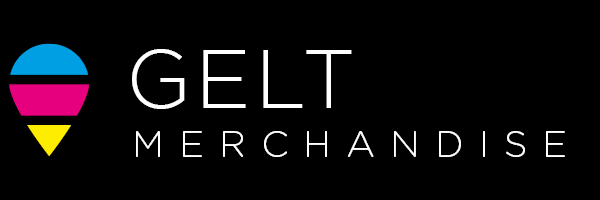
There are various printing methods, each suited for different needs. Below are some descriptions to help you get better aquainted with the methods we use to produce our wide range of branded merchandise. If you wish to understand further, or if you're not sure the best way to produce a vision you have, then please contact out team and we'll be happy to talk it through and bring your project to life.

Digital printing directly transfers digital images onto various materials without the need for printing plates. It uses inkjet or laser technology to apply ink or toner based on a digital file, allowing for quick, cost-effective, and customizable prints - ideal for smaller quantities.

Litho printing is an offset method using oil-based ink and water on a plate to transfer images via a rubber blanket onto paper. It's used for high-quality, large-volume printing like books and magazines. This method is rarely used for small quantities because of the production cost but becomes very cost effective in large runs.

Screen printing, also known as silkscreen printing, is a versatile printing technique that involves forcing ink through a stencilled mesh screen onto a substrate, such as fabric, paper, wood, or plastic. Each color in a design requires a separate screen and stencil, allowing for vibrant, multi-colored prints.

Print engraving is a printmaking process where an image is created by manually cutting lines into a hard surface such as wood, pastic, or metal. This method can be carried out with blade or laser depending on the material or desired outcome.

Embossing is a finishing process in printing and other crafts that creates a raised design on a material like paper, cardstock, or fabric. This is achieved by pressing the material between a die and a counter-die. The pressure and heat cause the material to take the shape of the die, resulting in a tactile, three-dimensional effect that adds visual interest and a touch of elegance.

Embroidery is the craft of decorating fabric or other materials using a needle to apply strands of thread or yarn. These stitches can create intricate patterns, pictures, lettering, or embellishments.










